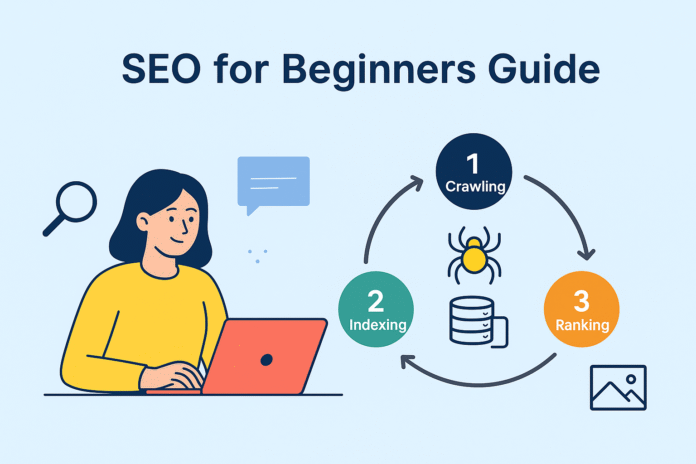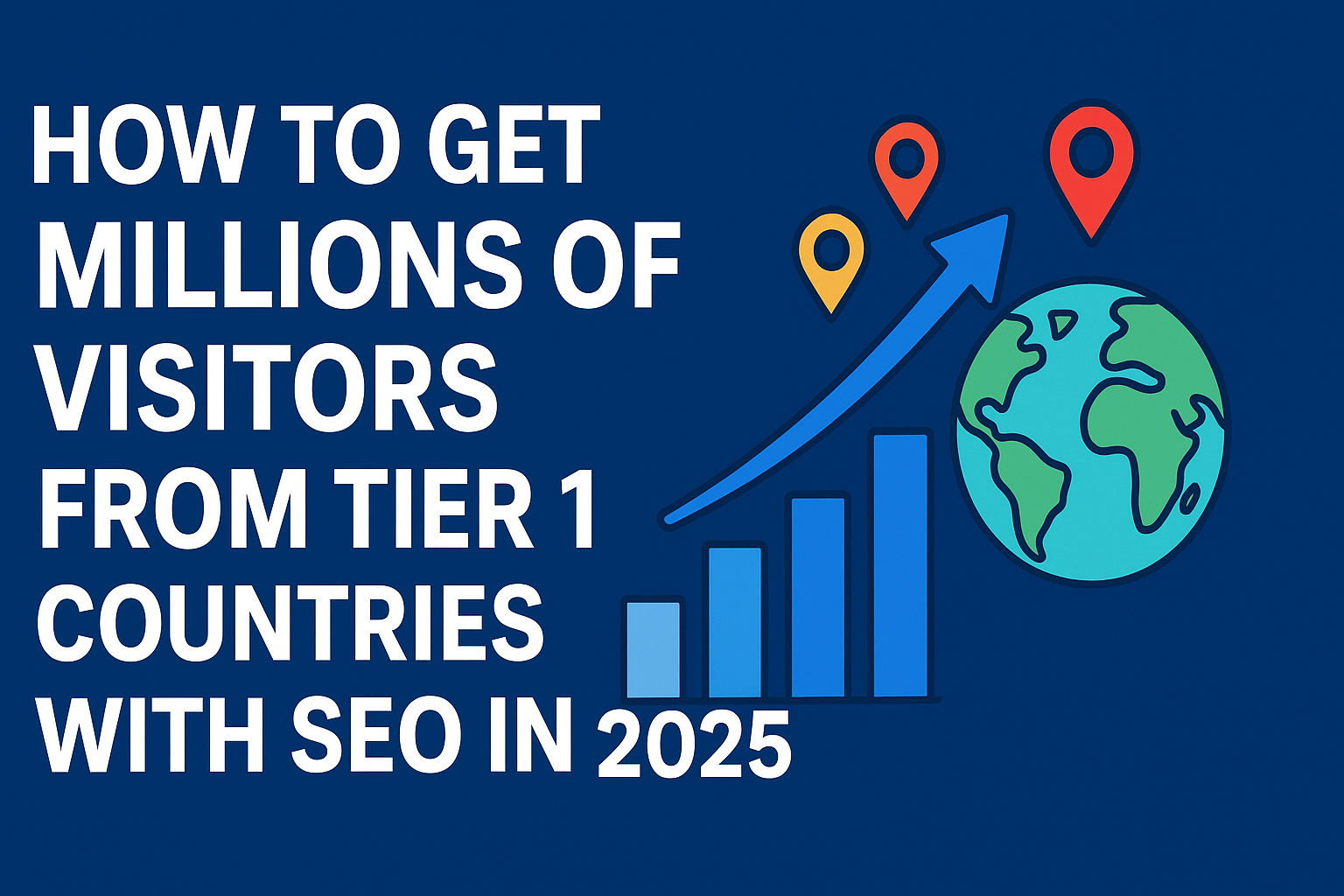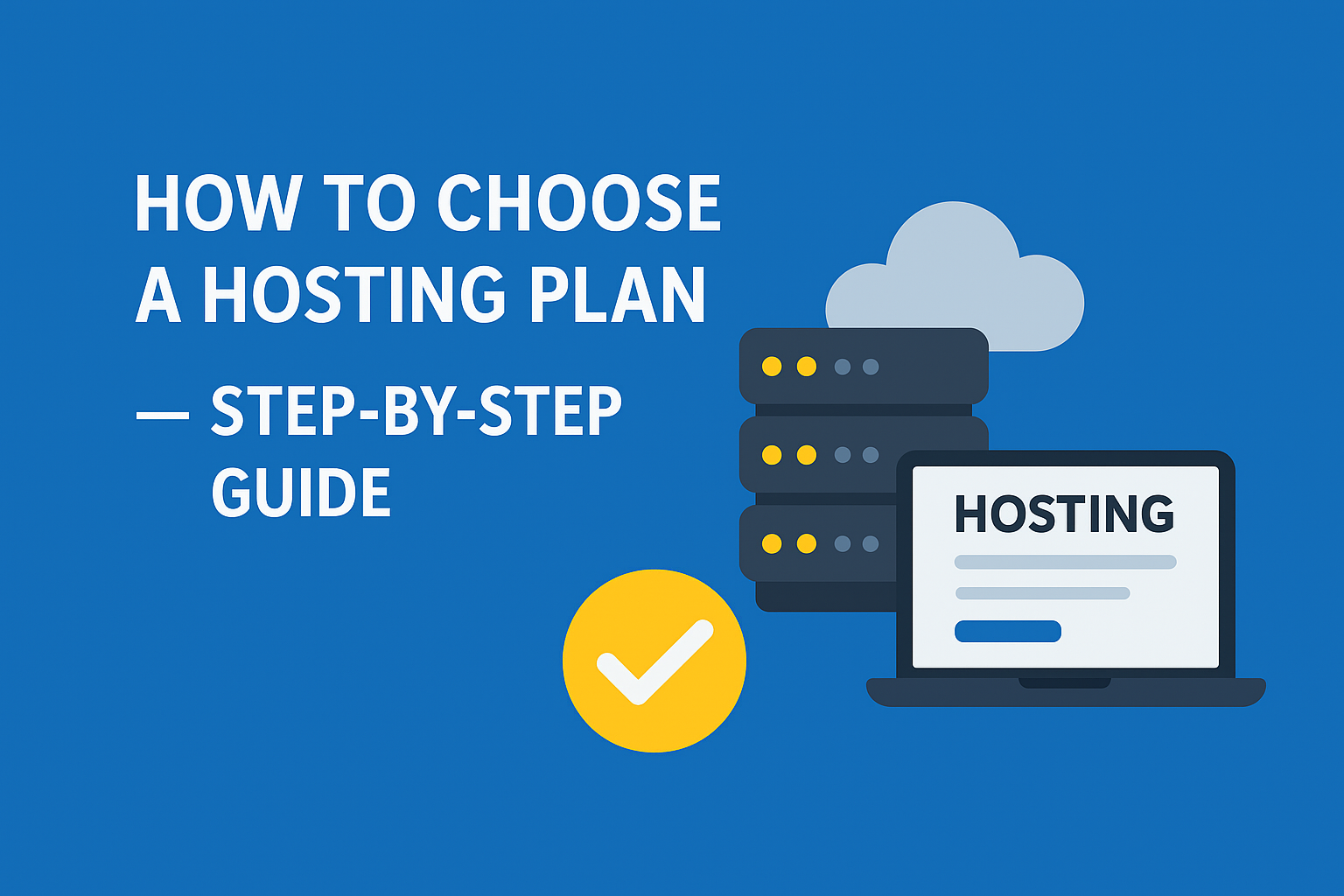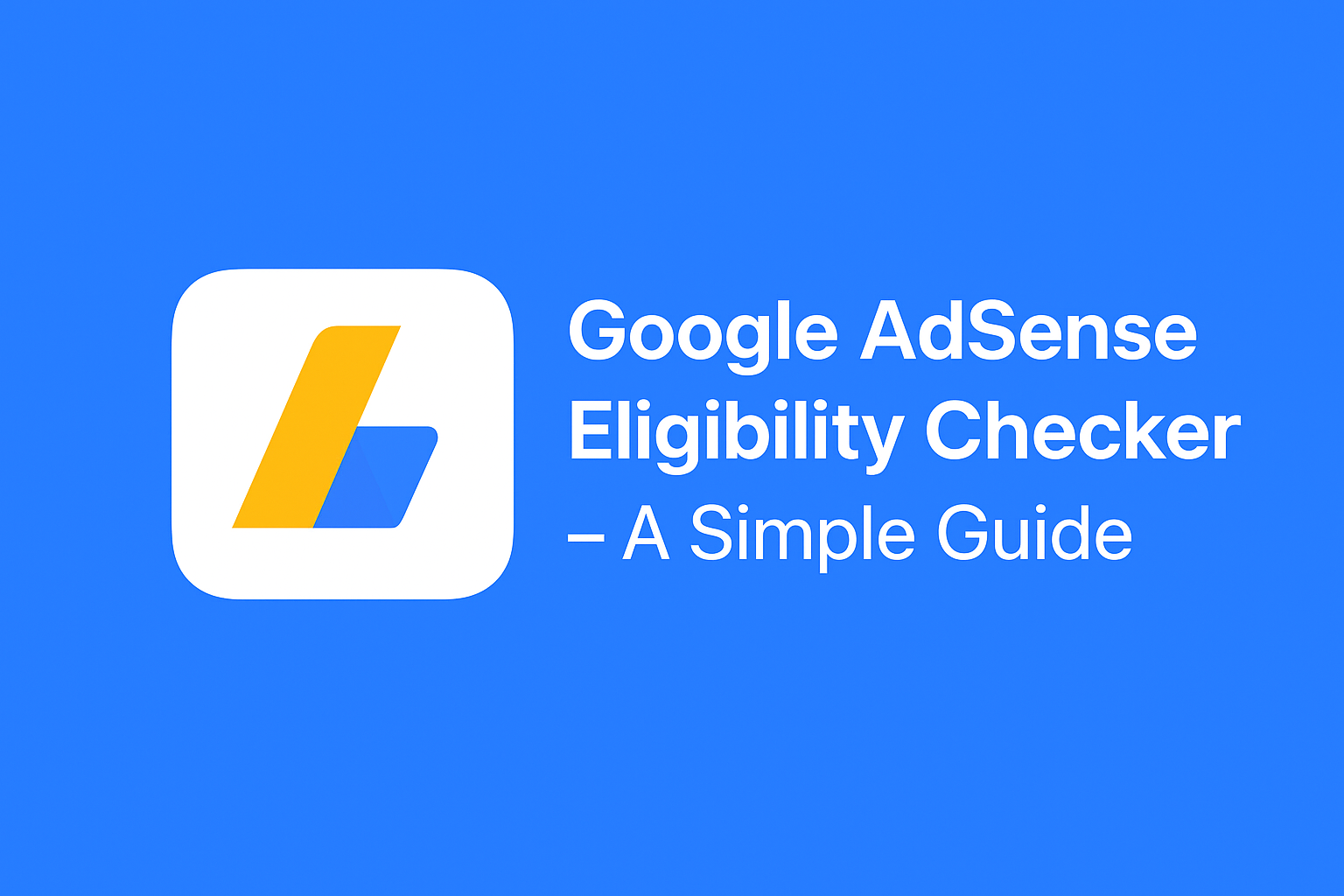Introduction
If you have a website, blog, or online business, you already know one fact: without SEO, your site will stay invisible. In Tier-1 countries like the USA, UK, Canada, and Australia, competition is extremely high. Every business wants to appear on the first page of Google, but only a few succeed.
The good news is, you can also rank your site if you understand the SEO basics, best practices, and smart strategies. In this SEO for beginners guide, you will learn how search engines work, which ranking factors matter most, and how to optimize your site step by step.
What is SEO?
SEO (Search Engine Optimization) is the process of improving your website so that search engines like Google can easily understand it, rank it, and show it to people searching for your topic.
Think of SEO like setting up a shop in the busiest street of the internet. Without it, your shop is hidden in a dark alley. With SEO, your shop is visible, attractive, and easy to visit.
Why SEO is Important in Tier-1 Countries
- High competition → Thousands of websites fight for the same keywords.
- Expensive Ads → Paid ads in the US and UK are costly. SEO saves money.
- Better trust → Users trust organic results more than ads.
- Long-term benefits → Once you rank, you keep getting free traffic for months or even years.
👉 This is why learning SEO is the best investment for your online business.
How Search Engines Work
Before you optimize, you must know how Google works. It has 3 main steps:
- Crawling – Google bots visit your website.
- Indexing – Your pages are stored in Google’s database.
- Ranking – Google shows the best and most relevant results to the user.
So, if your website is not crawlable, indexable, or optimized, it will never rank.
Types of SEO
There are 3 main types of SEO:
1. On-Page SEO
Optimizing content and HTML on your site. Example: titles, headings, meta description, keyword usage.
2. Off-Page SEO
Building authority through backlinks, guest posting, and brand mentions.
3. Technical SEO
Improving site speed, mobile-friendliness, sitemap, robots.txt, and SSL security.
👉 A successful strategy combines all three.
Keyword Research – The Heart of SEO
Without keywords, SEO is blind. A keyword is what people type in Google.
How to find the right keywords?
- Use Google Keyword Planner, Ahrefs, SEMrush, or Ubersuggest.
- Look for long-tail keywords → easier to rank, less competition.
- Check search intent (what the user really wants).
💡 Example:
- Short keyword: “SEO” (very hard)
- Long keyword: “SEO for beginners guide in 2025” (easier, targeted)
👉 Pro Tip: For Tier-1 ranking, focus on user intent more than keyword stuffing.
On-Page SEO Best Practices
Here’s how you can optimize your content:
- Title Tag – Use your main keyword within 60 characters.
- Meta Description – Add keyword + benefit in 150–160 characters.
- Headings (H1, H2, H3) – Structure your content logically.
- Keyword Placement – Use keywords naturally in:
- First 100 words
- Subheadings
- Image alt text
- Internal Linking – Link to other relevant pages on your site.
- URL Structure – Keep it short and clean. Example:
www.example.com/seo-for-beginners
- Content Length – 1,500+ words rank better.
Off-Page SEO Best Practices
Ranking is not only about content. Google checks your authority.
Ways to build authority:
- Backlinks → Guest posts, HARO, partnerships.
- Social Signals → Shares, mentions on social media.
- Brand Building → Consistency across platforms.
👉 Remember, quality backlinks > quantity of backlinks.
Technical SEO Checklist
- Make sure your site is mobile friendly.
- Improve page speed (use tools like Google PageSpeed Insights).
- Use SSL certificate (HTTPS).
- Submit sitemap.xml to Google Search Console.
- Create a proper robots.txt file.
- Fix broken links (404 errors).
Content Strategy for SEO
In Tier-1 countries, content quality matters more than anything.
Follow this formula:
- Solve problems → Write articles that answer real questions.
- Be original → No copy-paste or duplicate content.
- Update regularly → Google prefers fresh content.
- Use visuals → Images, infographics, and videos increase engagement.
👉 Write for humans first, search engines second.
SEO Tools Every Beginner Should Use
- Google Search Console – Track performance, fix errors.
- Google Analytics – Measure traffic and user behavior.
- Yoast SEO / Rank Math – On-page SEO plugin (for WordPress).
- Ahrefs / SEMrush – Competitor research & keyword tracking.
- Grammarly / Hemingway – Improve readability.
Common SEO Mistakes to Avoid
- Keyword stuffing (unnatural use of keywords).
- Copying content from other sites.
- Ignoring mobile optimization.
- Buying spammy backlinks.
- Writing short, thin content.
Future of SEO in 2025 and Beyond
Google is moving towards AI, voice search, and user experience.
That means:
- Focus on E-E-A-T (Experience, Expertise, Authoritativeness, Trustworthiness).
- Optimize for voice search → use natural questions as keywords.
- Improve Core Web Vitals → loading speed, interactivity, and stability.
👉 If you start applying SEO now, you can stay ahead of 90% of your competitors.
Conclusion
SEO is not rocket science. It’s a step-by-step process:
- Do proper keyword research.
- Write quality, human-friendly content.
- Optimize on-page and technical SEO.
- Build high-quality backlinks.
If you follow this SEO for beginners guide, your website can rank in Tier-1 countries like USA, UK, Canada, and Australia faster and more effectively.



















